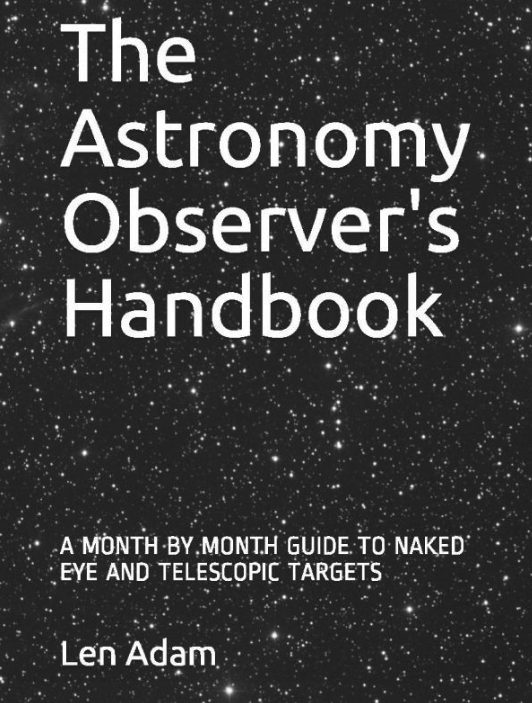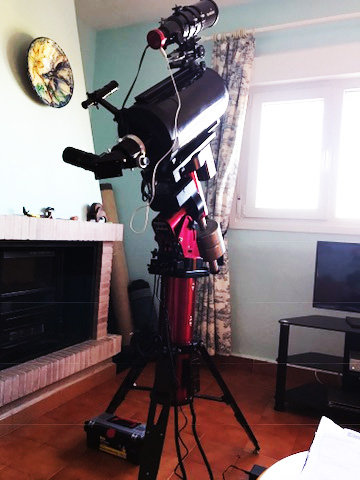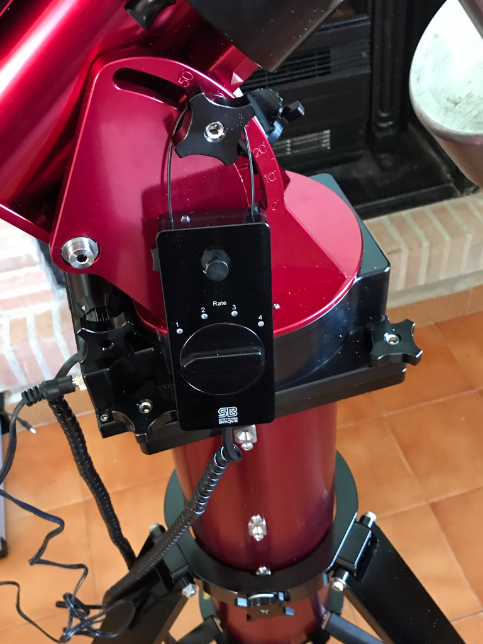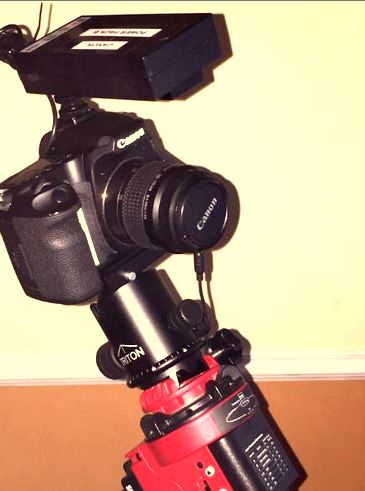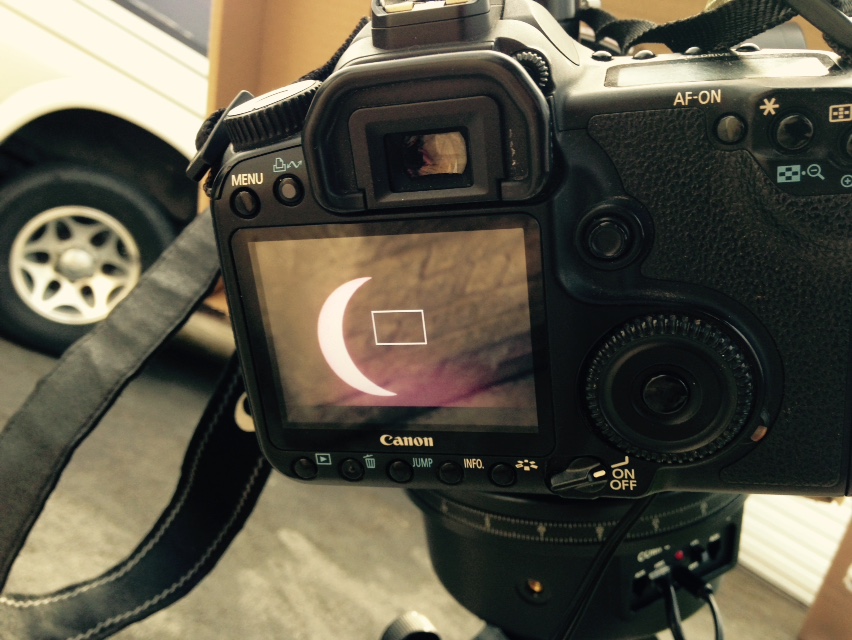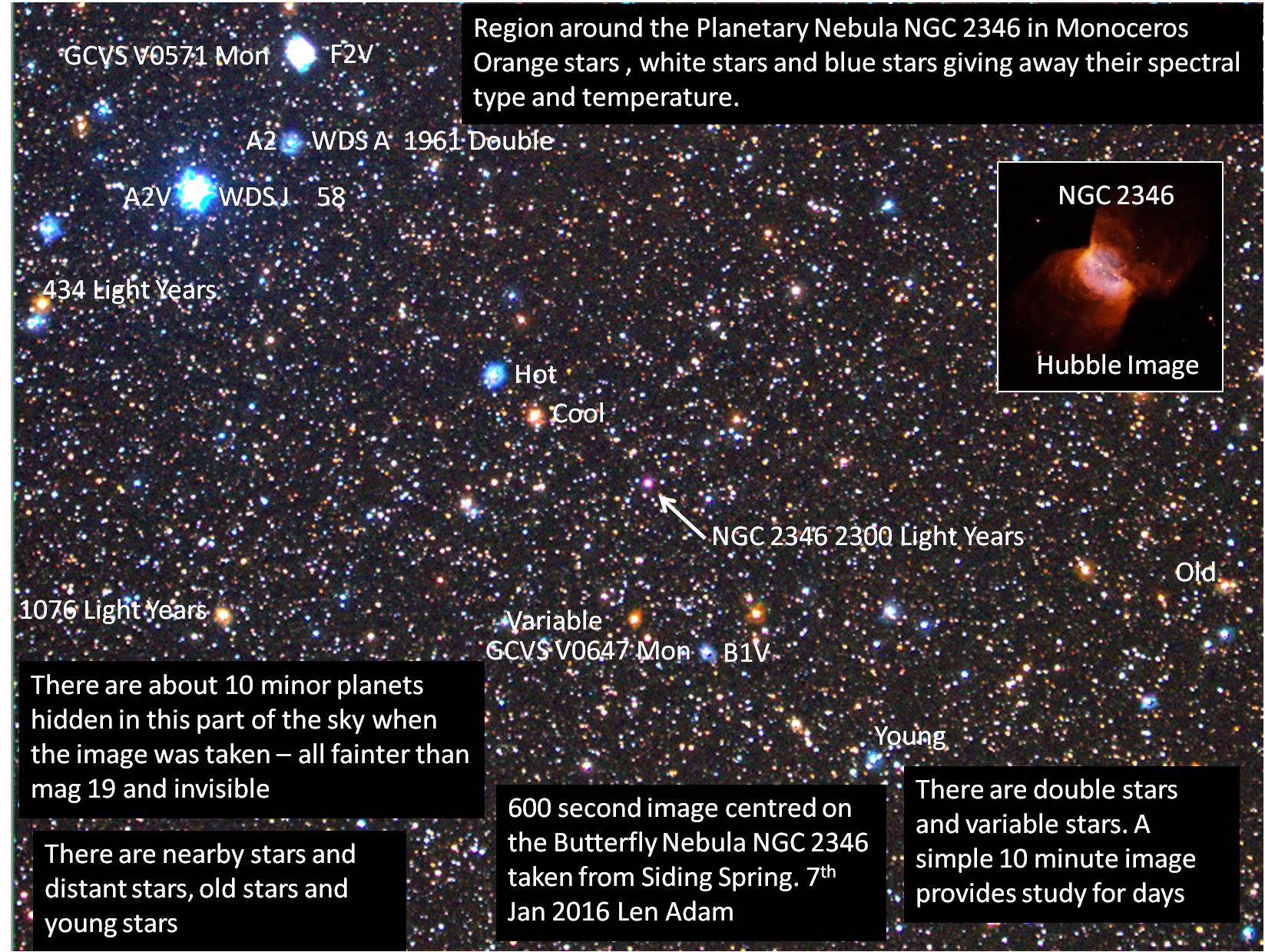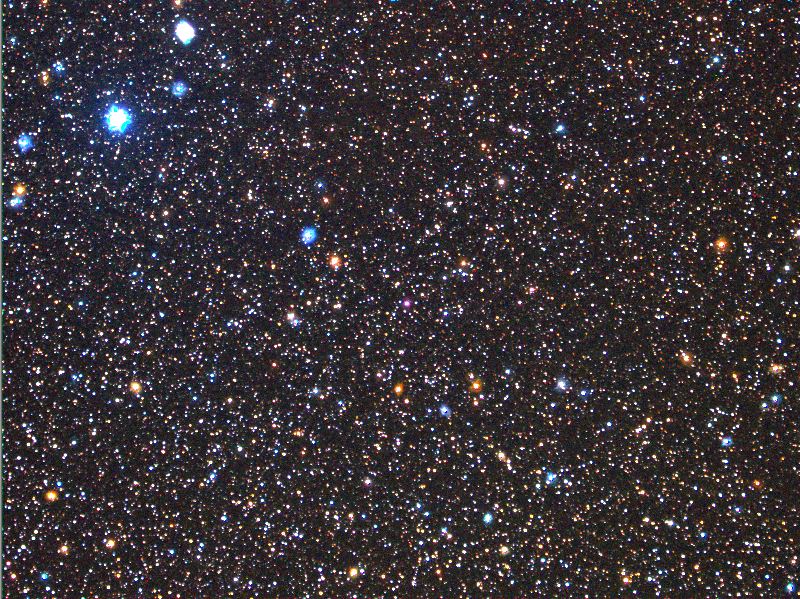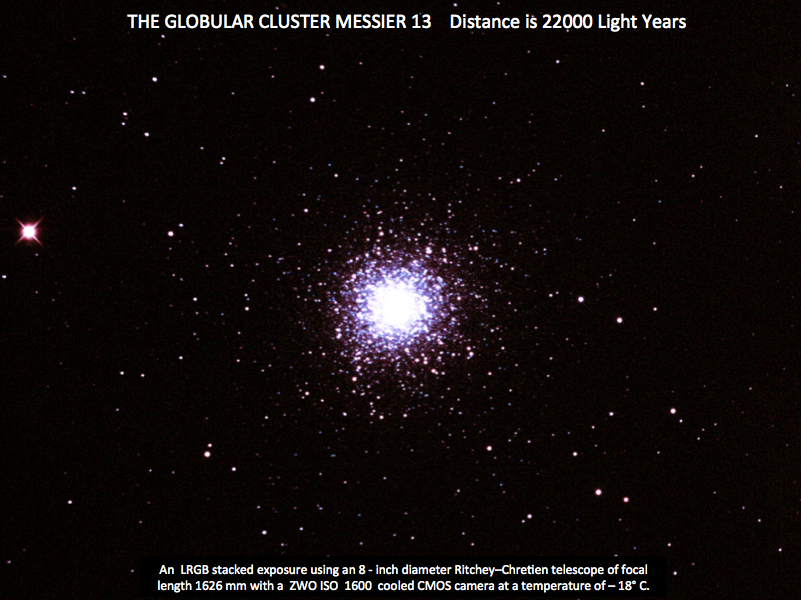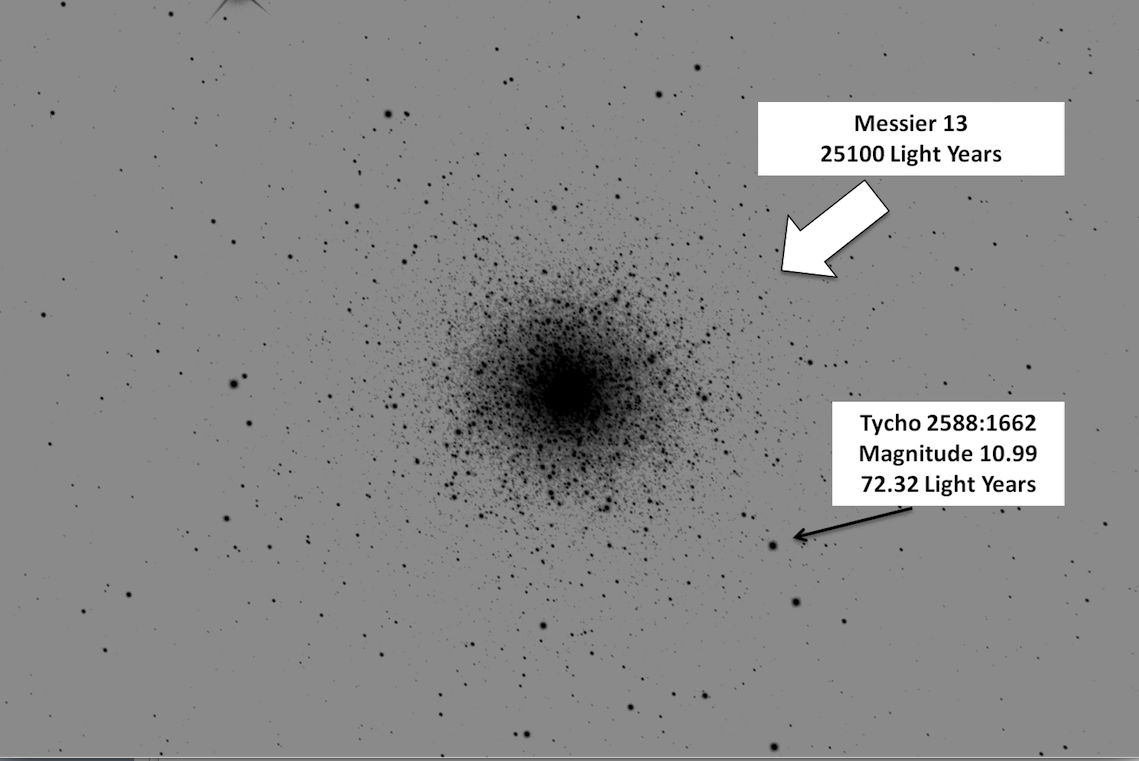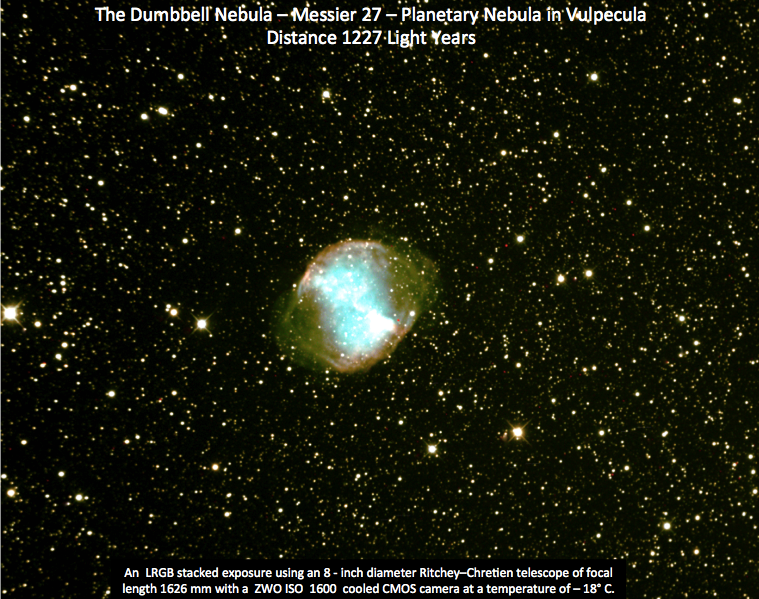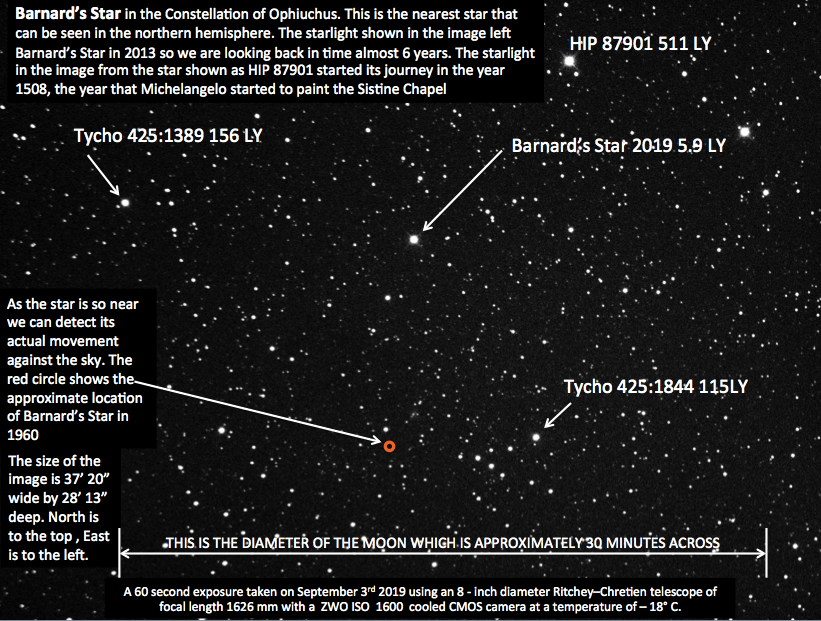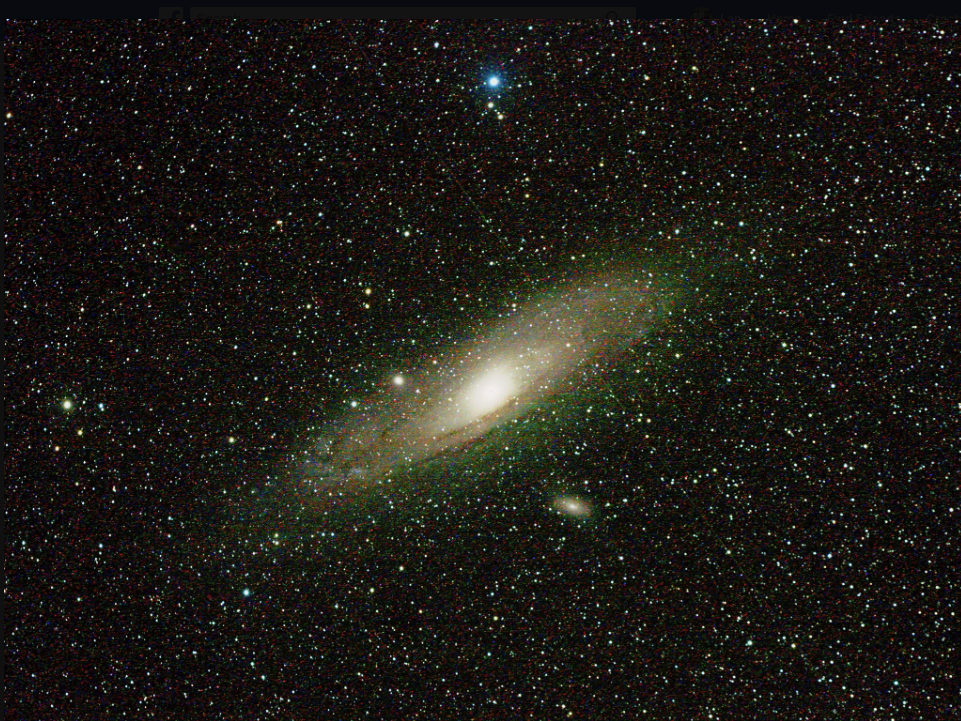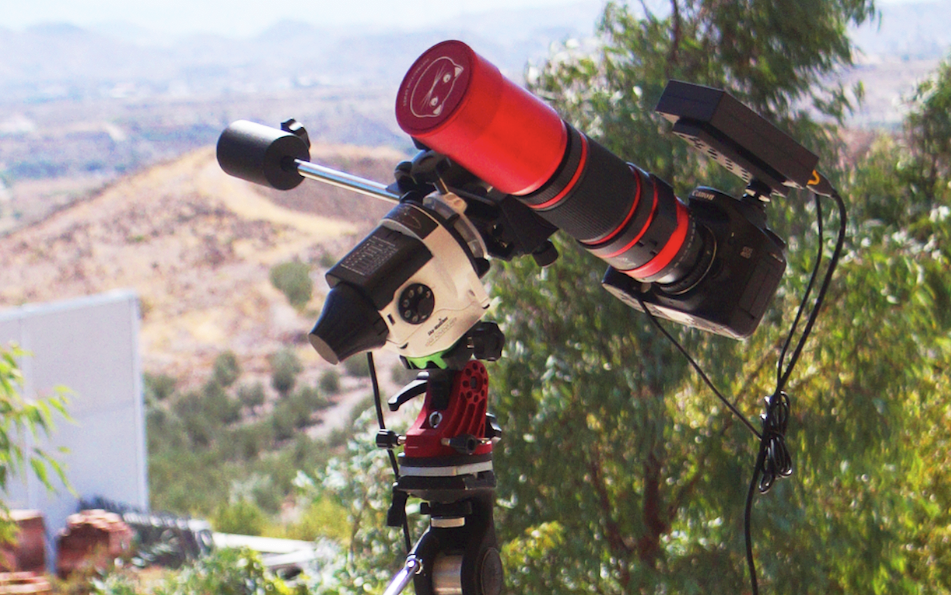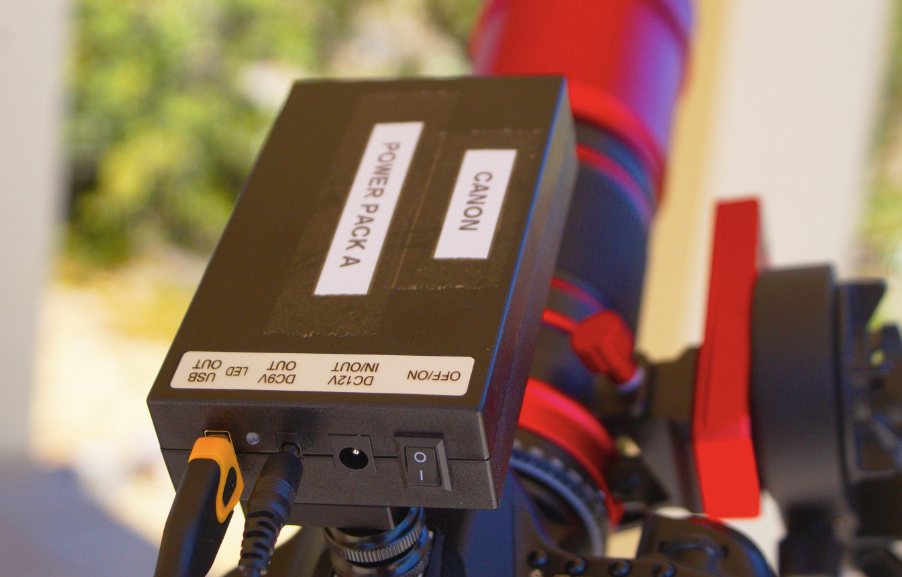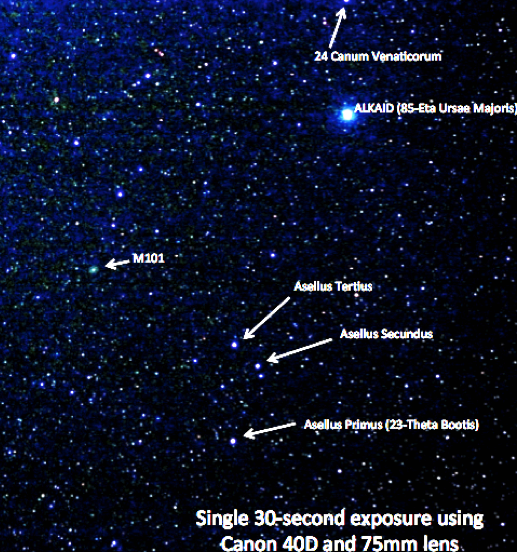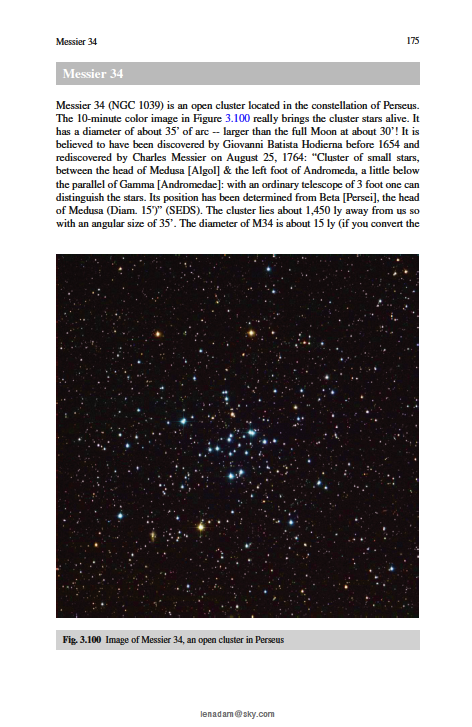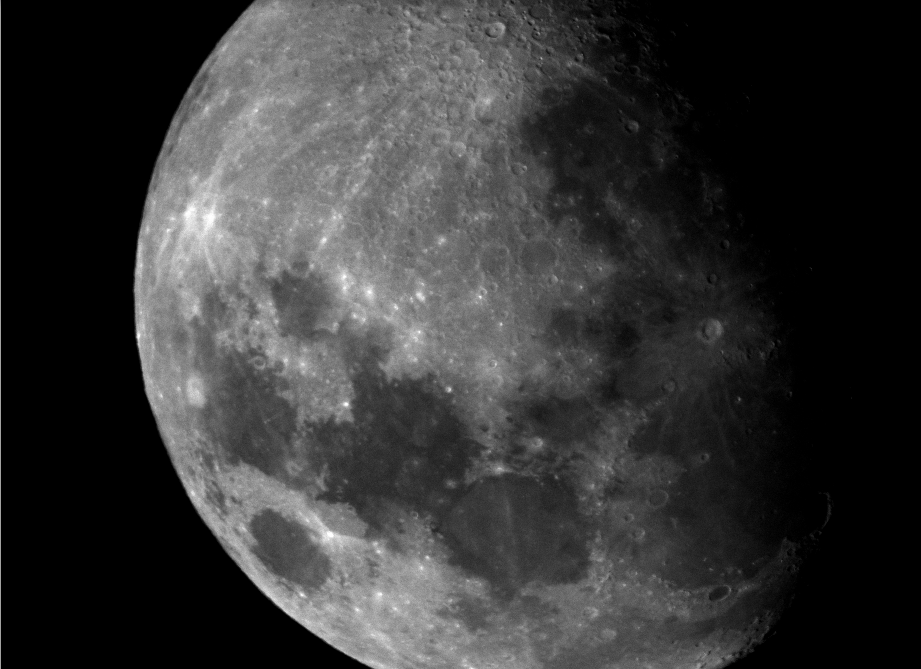Flying back to my Spanish Observatory
 Tuesday, November 19, 2019 at 9:16PM
Tuesday, November 19, 2019 at 9:16PM After returning to Lancashire from Norfolk last week where I attended a couple of meetings of the Norwich Astronomical Society I travelled back from Manchester to my Spanish Observatory today. The traffic on the M6 and M56 was horrendous at 7.30 in the morning - crawling almost the entire journey. My luggage consisted of 2 suitcases - one of them cabin sized - the other for the hold. The cabin bag held my fragile cameras and lenses including the Redcat 51mm lens/scope. At the check in desk my cabin bag was overweight at 11kg but I was allowed to transfer a power block to my laptop bag and the scales then gave 10kg - acceptable!. At security the security officer made me take out every lens and camera and put them in trays. I ended up trying to juggle 5 large trays - almost forgetting my laptop when I was packing up. Then with 2 suitcases adding up to 30kg and a fairly heavy laptop bag I discovered that there was a 15 minute walk to the gate, having to wend my way back and forth through the serpentine route through the shops before starting on the long walk to the gate, arriving exactly at the gate opening time on the board. On the aircraft good news at last from the Captain - a tail wind meant that the plane would arrive in Alicante 20 minutes early!.  Flying down the east coast of Spain.On arrival at Alicante I picked up my hold suitase and rang the parking company who picked me up in their van and took me on a 10 minute circuit to end up across the road immediately opposite the airport starting point - there is no short cut to crossing the road. At the car park my truck was ready and waiting - washed and cleaned by the parking company. I drove out for the 2 hour drive south to Albox on the A7 dual carriageway. An absolute luxury compared to British roads, driving at 75 mph (120 kph) for almost the entire journey, finally arriving at my house and observatory well before dark.
Flying down the east coast of Spain.On arrival at Alicante I picked up my hold suitase and rang the parking company who picked me up in their van and took me on a 10 minute circuit to end up across the road immediately opposite the airport starting point - there is no short cut to crossing the road. At the car park my truck was ready and waiting - washed and cleaned by the parking company. I drove out for the 2 hour drive south to Albox on the A7 dual carriageway. An absolute luxury compared to British roads, driving at 75 mph (120 kph) for almost the entire journey, finally arriving at my house and observatory well before dark. 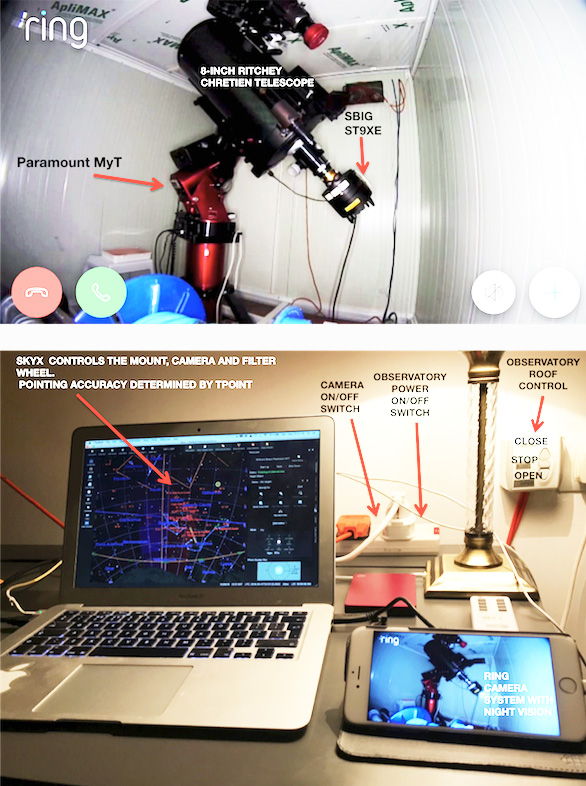
 [Your Name Here] | Comments Off |
[Your Name Here] | Comments Off | 
